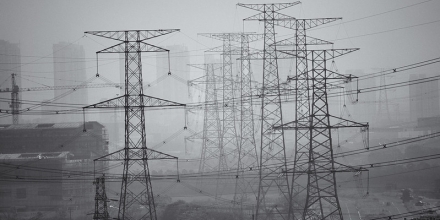Climate change mitigation co-benefits in the Chinese power sector: How do wealthier and poorer regions differ?

Event details
PhD Seminar (Econ)
Date & time
Venue
Speaker
Contacts
Greenhouse gases and air pollutants are primarily emitted from the combustion of common source, fossil fuels, which brings potential co-benefit of reducing emissions simultaneously. This raises questions of how to measure ‘real’ co-benefit and whether disparity exists for this co-benefit in wealthier and poorer regions in the Chinese electricity sector. This paper investigates the interlinking mechanism of air pollutants and carbon dioxide reduction by developing a new index, co-benefit elasticity of carbon dioxide emissions (CBEC), which is based on constructing a counterfactual scenario and business-as-usual scenario. This paper finds though the speed of air pollutant emissions increase was slowed down with per unit carbon dioxide emission change after jointly control, air pollutants responded differently to carbon dioxide emission growth across regions. Sulfur dioxide and nitrogen oxides emissions from other factors in poorer regions were growing faster than wealthier regions, however, particulate matter in wealthier region still was still lower when ruling out impacts from specific technological effects that only related to air pollutant abatement. Impacts of macroeconomic factors contributed more than electricity generation factors in affecting the co-benefit disparity between wealthier and poorer regions during the study period.
Updated: 18 July 2024/Responsible Officer: Crawford Engagement/Page Contact: CAP Web Team











